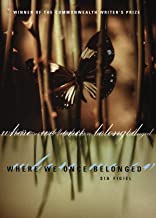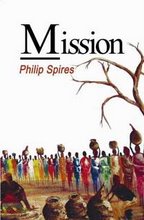Poisoned Petals by Andy Crabb is a set of over forty short stories, tales with a Spanish flavour. Most are set in Spain, with many featuring locations and people from within the Costa Blanca, where the author lives, works and continually observes. Some are historical, others utterly contemporary, both in time and in content.
Property developers, estate agents and used car salesmen figure alongside more traditional Spanish figures, such as the bar owner, the peasant farmer and the land owner. Some stories feature characters from Spain’s Moorish period, and others pre-Visigoth, even pre-Roman Iberians.
It is surprising, therefore, to read in the highly informative author’s postscript that several of the pieces germinated elsewhere, in Britain and southern Africa, for instance. Some were transplanted items from newspaper stories, while others arose from museum visits, local tales or shared discussion with other writers.
But the stories grew in Andy Crabb’s fertile imagination and bloomed into a veritable display of skilful, entertaining writing. The fact that the author claims they eventually flowered into Poisoned Petals gives the reader a hint from the start that irony and twist will play their part.
Many of Andy Crabb’s stories deal with the sibling concepts of revenge and retribution. People are often “getting away with something”, getting one up on an innocent or unsuspecting victim. Driven to anger by such perfidious exploitation, these inherently gentler, law-abiding characters themselves become vengeful, calculating deceivers, until the score is decisively settled. In often morally satisfying conclusions, many of the original villains receive a comeuppance that is significantly sweeter than mere defeat, longer lasting than simple victory.
And each of these conclusions has been richly deserved.
In Preserved For Posterity, for instance, the retribution of the wronged husband is horrid in the extreme. But then the unjustly punished lover-thief-craftsman of the story was never really guilty of his accused crime. We know that. But then that’s perhaps why he has the final, though silent, laugh at the judgment of eternity.
So it is ideas of morality and justice, honesty and loyalty that suffuse Poisoned Petals.
We are presented with people who try to ride roughshod over others, whose understandable, merely human hesitancy, born of their desire to uphold and respect another’s potential for dignity, identifies them as potential prey. Usually the victims win through in the end, turning the tables decisively on their predators. But this often happens only after the victims, themselves, have displayed their ability to become, if provoked, as devious, as base, as calculating and, indeed, as mercenary as the objects of their retribution.
And so Poisoned Petals gives some beautiful insights into human behaviour, some vivid illustrations of resourcefulness.
It is a collection to read over a week or two, a few stories at a time, since each is self-contained and memorable. The stories provoke us to reflect on that human condition, and profitably, enjoyably so.
View this book on amazon
Poisoned Petals
























